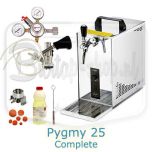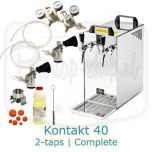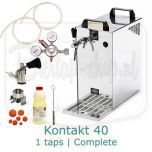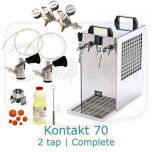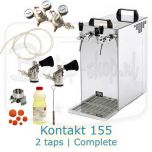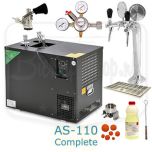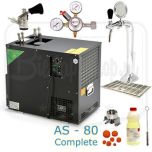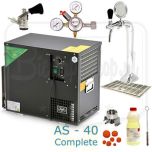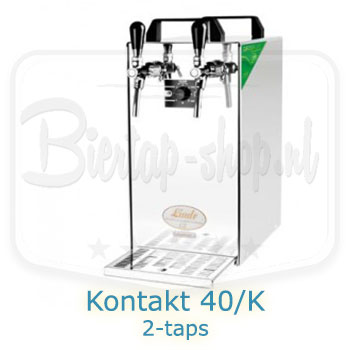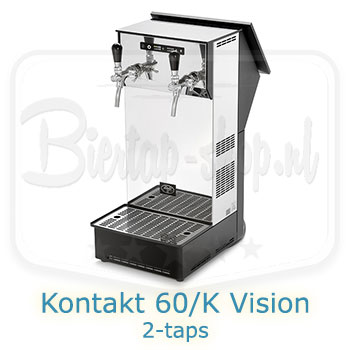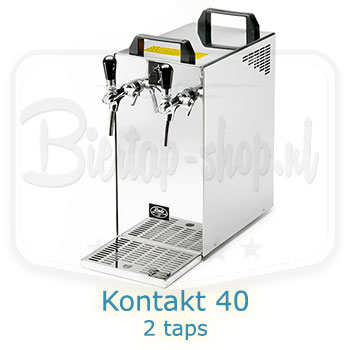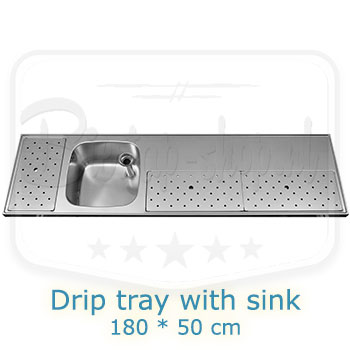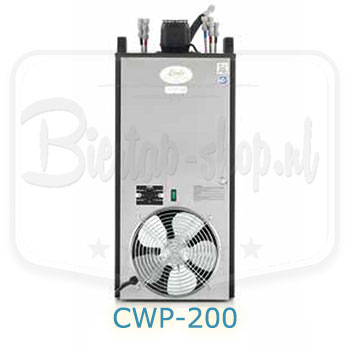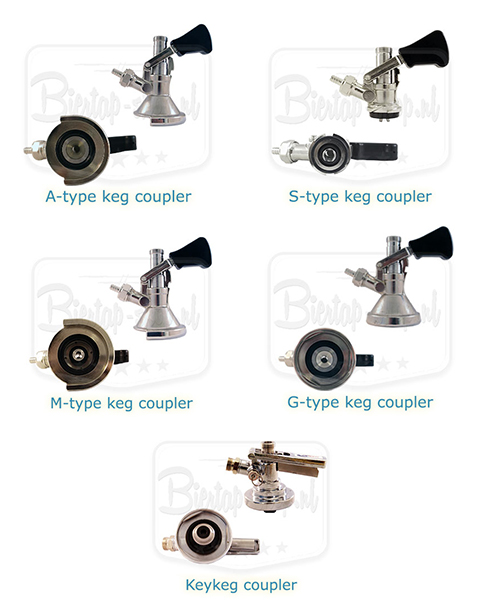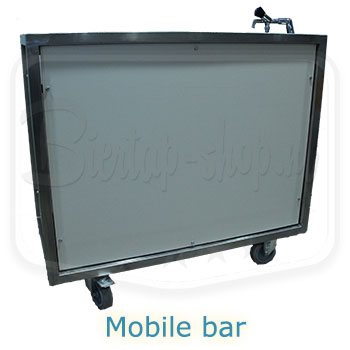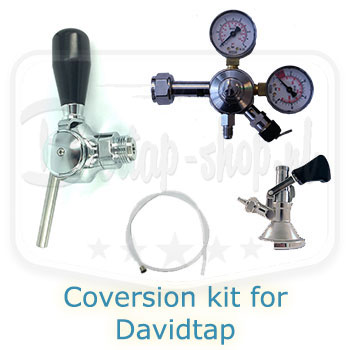We use cookies to make your experience better. To comply with the new e-Privacy directive, we need to ask for your consent to set the cookies. Learn more.
Why Lindr beertaps need a higher CO2 pressure
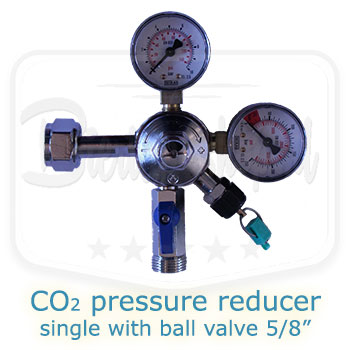
Why your Lindr beertap needs a higher CO2 pressure
There is a lot going on when it comes to adjusting CO2 pressure for your beertap and also a lot of myths. To pour a good glass of beer the right CO2 pressure is essential. We receive quiet often questions from clients about adjusting the right CO2 pressure for their beertap. With this blog we hope to give you some essential information to help you understand how to adjust the CO2 pressure for your beertap. The right CO2 pressure depends on several factors. First of all the type of beertap installation, diameter of the tubes and cooling coils, type of dispense tap, ambient temperature and the type of beer. All these factors can influence the necessary CO2 pressure.
For now we only focus on Lindr beertaps and beertap installations with the standard compensator tap, 3,8" tubes (9,5mm outside diameter) and 8mm stainless steel coils that Lindr uses by default on all their beertaps and beertap installations. By using the 3/8" tubes and 8mm stainless steel cooling coils the beer is cold very fast. These thinner tubes and cooling coils together with the compensator tap also gave more resistance to your beer. The free flow taps that the bigger breweries mostly use with bigger diameter tubes give less resistance to your beer. Due to the higher resistance that you have with a Lindr beertap you need also a higher CO2 pressure than with many other beertap installations. This higher CO2 pressure is for waterbath beercoolers but also for drycoolers from Lindr.
The right CO2 pressure for a Lindr beertap / beertap installation with a standard compensator tap should be at least 2,8 bar or more. There are factors that require an even higher CO2 pressure with a Lindr beertap such as ambient temperature and the type of beer. When you're connecting a beer keg to your beertap installation the CO2 in the beer wants to escape. With a higher ambient temperature this reaction is much stronger. To pour a good glass of beer you need to increase the CO2 pressure to avoid this process. You just compress the CO2 back into the beer. When you're going to pour beers with your Lindr beertap by high summer temperatures a CO2 pressure of 3,2 bar or even 3,4 bar is completely normal.
When you're going to pour other type of beers like special beers this can make a higher CO2 pressure also necessary. Special beers like blond beers, IPA's or tripels have other alcohol- and CO2 precentages than the standard pilsners / lagers. The reaction from CO2 that wants to escape from the beer can be much stronger with these type of beers resulting in a higher CO2 pressure to pour a good glass of beer.
The situations regarding these higher CO2 pressure as described above is really important when you're pouring beers with a Lindr beertap / beertap installation with a standard compensator tap.
Other beertap installations, other CO2 pressure
When you are using a kegerator with a free flow tap in combination with a short transit tube from maximum 1 to 1,5 meter the CO2 pressure needs to be much lower. you only have a short transit tube, a free flow tap which gives much less resistance to your beer than a Lindr beertap. Also the factor ambient temperature doesn't influence the beer as your keg is in a kegerator. In case from the kegerator with the free flow tap a CO2 pressure from 0,6 to 0,8 bar is more than enough. Are you working with a waterbath beercooler with cooling coils from 10mm outside diameter and tubes with an inner diameter of 8,5mm together with a free flow tap you have more resistance than in the example from the kegerator but much less than when using a Lindr beertap / beertap installation. In case from the waterbath beercooler the CO2 pressure might be in a range from 1,6 to 1,9 bar.
As you might see there is no "one size fits all" CO2 pressure that works for every beertapinstallation with every beer and in every situation. The right CO2 pressure is completely depending on the type of beertap installation, type of dispense tap, diameter of tubes and cooling coils, ambient temperature and also the type of beer. But I hope that you will have a better understanding of adjusting the CO2 pressure with this information in this blog. Hopefully this information helps you to adjust the right CO2 pressure for your beertap installation.



